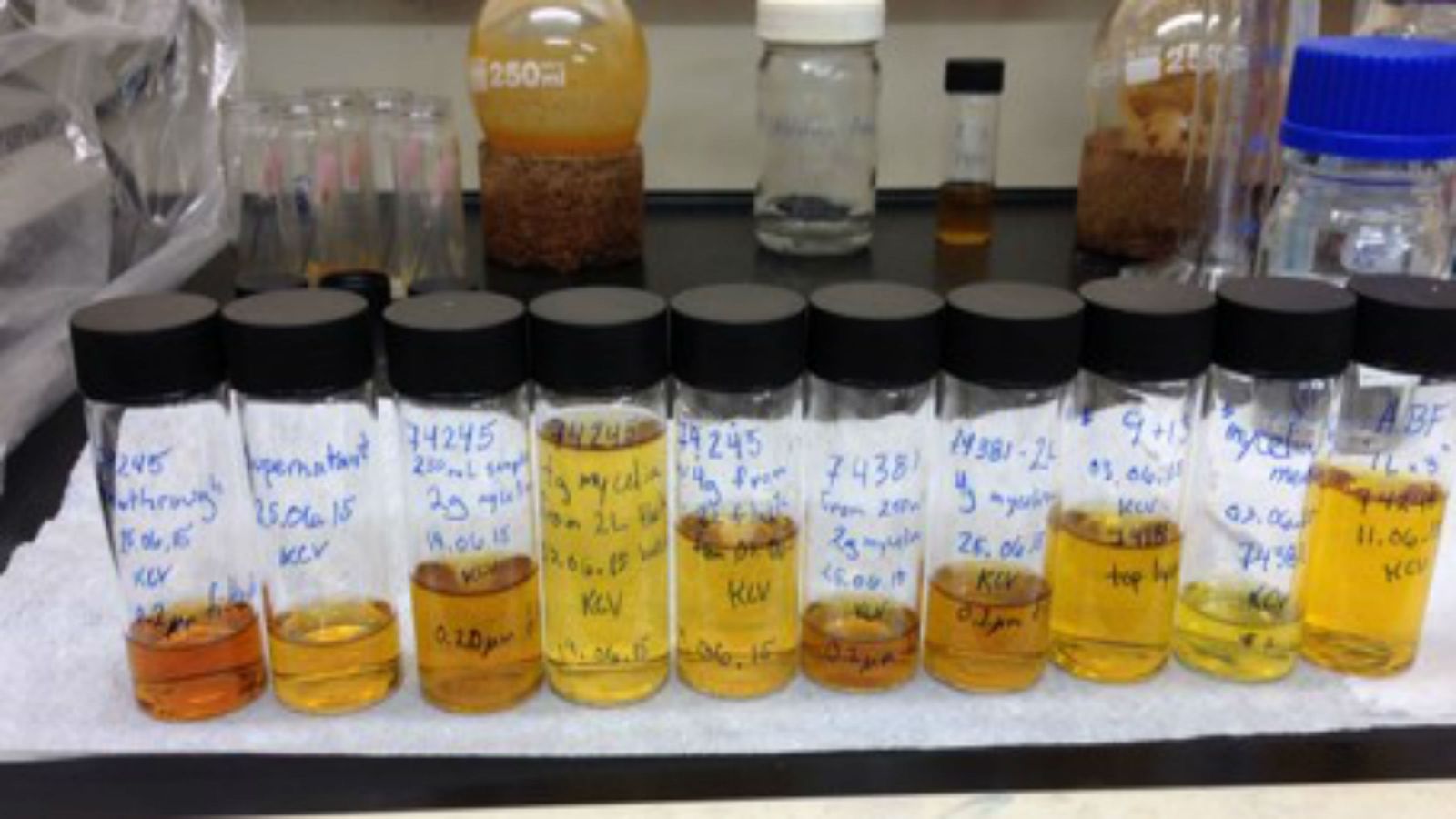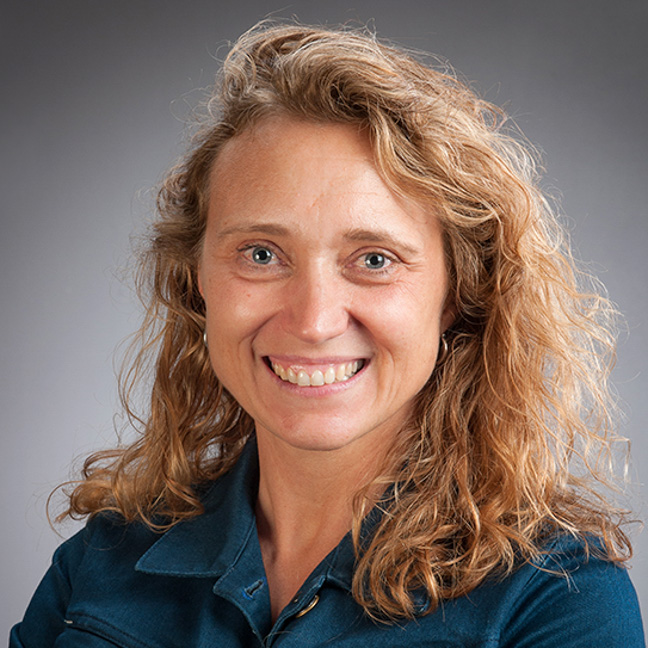Accessing new bioactives using synthetic biology
Many organisms, including plants and microbes, make unique arsenals of bioactive compounds.
Imagine you could make any chemical compound you wanted from sugar water. That is one goal of synthetic biologists today. Synthetic biologists focus on harnessing the power of natural systems, systems that have gone through billions of years of optimisation to function as they do today. For example, many microbes and plants have carefully crafted their natural systems to produce powerful compounds for defence and communication. The value of these compounds goes well beyond the realm of microbes and plants as many demonstrate ideal properties for use as pharmaceuticals and insecticides with further novel functions waiting to be identified.
All forms of life on Earth are built around a single code known as deoxyribonucleic acid or DNA. This code not only determines the colour of your eyes or hair, but also what sorts of compounds a specific microbe or plant will make.
In the Parker group we act as nature’s codebreakers. We are driven to understand how organisms make natural products (aka secondary metabolites) that we can use. If we look closely, we find that organisms make natural products using cellular assembly lines known as biosynthetic pathways. At each step in the assembly line a worker, known as an enzyme, takes a chemical compound and adds or removes something from it. These enzymes work together to sculpt natural products into their final forms that we can use as medicines, fuels, foods and materials.
We are currently interested in producing natural products for veterinary applications (i.e. treating fleas and ticks on pets), agrochemicals (protecting crops from pests) and pharmaceuticals (anticancer agents and antibiotics). Our work involves breaking through the code of DNA to identify the enzymes involved in natural product assembly lines so that we can enhance product production and make novel compounds with more desirable properties (e.g. longer lasting and fewer side effects.).
We employ a wide range of interdisciplinary skills from molecular and microbiology through to analytical chemistry. Our typical process involves mining genomes for genes of interest, placing the genes into host organisms to test their function, and extracting, purifying and identifying chemical compounds. We use numerous techniques including bioinformatics, DNA sequencing, polymerase chain reaction (PCR), microbial transformation, fermentation, chromatography (TLC and HPLC), mass spectrometry (MS), and nuclear magnetic resonance (NMR).
We are excited to be at the forefront of synthetic biology in New Zealand and constantly strive to push the boundaries of nature’s toolbox. We would also like to acknowledge that we have current funding through a MBIE Programme and Marsden Grants.



View gallery
Project leader
Professor of Chemical Biology
Ferrier Research Institute
Deputy Director Academic and Research
Ferrier Research Institute
Centre for Biodiscovery team members
Jeremy Owen
Kyle van de Bittner
Leyla Bustamante
Richard Furneaux
Matt Nicholson
Publications
For more information, check out some of our recent publications and press release.
- Van de Bittner, K. C., et al. (2018). "Heterologous biosynthesis of nodulisporic acid F." Journal of the American Chemical Society 140(2): 582-585.
- van Dolleweerd, C. J., et al. (2018). "MIDAS: A modular DNA assembly system for synthetic biology." ACS synthetic biology 7(4): 1018-1029.
- Nicholson, M. J., et al. (2018). "Draft Genome Sequence of the Filamentous Fungus Hypoxylon pulicicidum ATCC 74245." Genome Announc. 6(2): e01380-01317.

